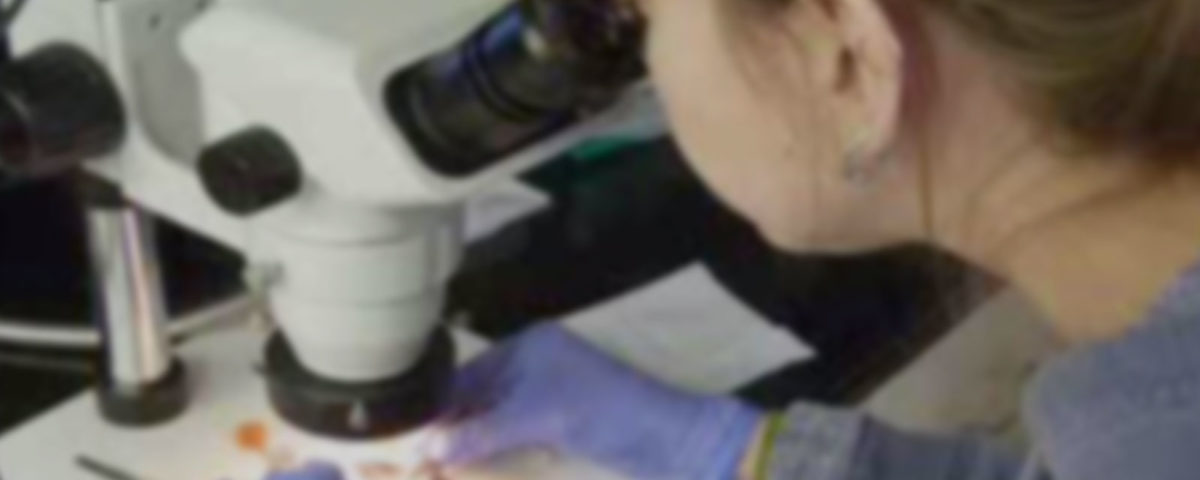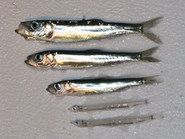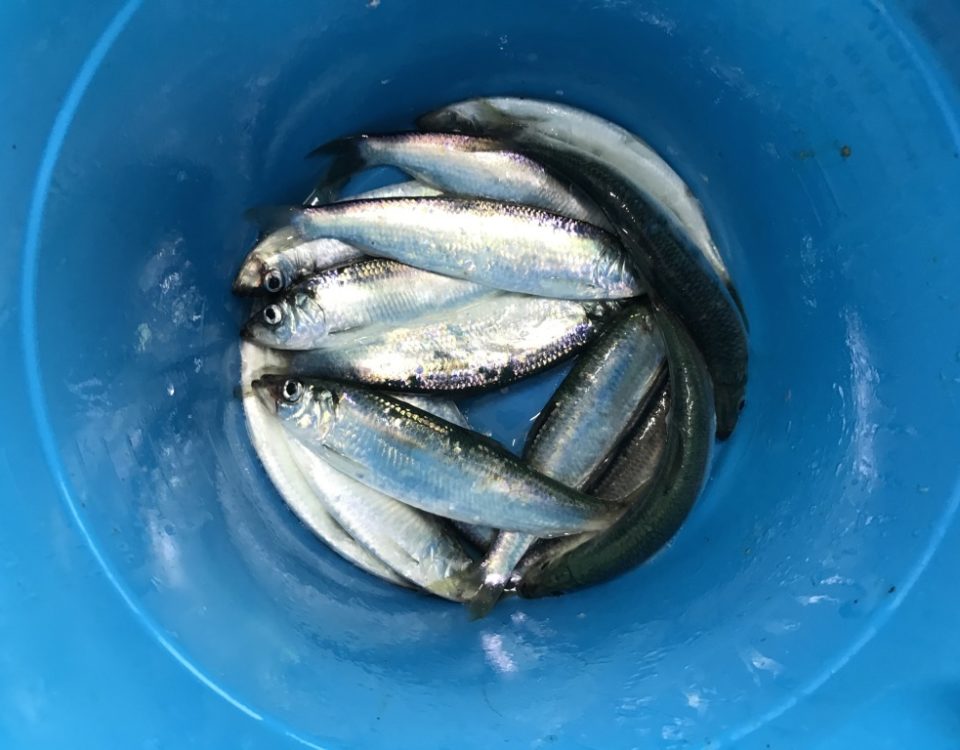Winter energetics of herring

PROJECT
Winter energetics of herring
Background
Prince William Sound herring may succumb to starvation during their first winter. They apparently are unable to accumulate fat reserves sufficient to last the period of relatively poor food availability during the long Alaskan winter. Past and current studies show that herring lose much of their accumulated energy between November and March, and suggest that in order to survive winter, herring need a certain level of energy before winter sets in.
Methods
To better understand over-winter survival, we looked at the energy content of herring and their main food sources. Herring were collected from a total of eight sites throughout Prince William Sound using gillnets deployed by Prince William Sound Science Center staff and former commercial herring fishermen. Samples were collected in November and March during the first project period and in the second, samples were collected each month from September to June. This allowed us to compare energy levels in herring prior to and just after the depth of winter in Alaska.
What we learned
This component of the multi-faceted juvenile herring project helped improve our understanding of over-winter habitat utilization by age 0 herring. This study was designed to increase our knowledge about the processes driving over-winter mortality in order to suggest better herring restoration options. A more well-rounded understanding of the relationships between herring and their food source allowed resource managers to better predict years when herring may have higher or lower survival rates based on food availability.
PRINCIPAL INVESTIGATOR
Kristen Gorman, Ph.D.PWS Science Center
kgorman@pwssc.org
RESEARCH PERIOD
2009-2017FUNDING
Exxon Valdez Oil Spill Trustee CouncilPublications
Final ReportMEDIA
Video: Herring Stable Isotope Analysis for Prince William SoundField Notes: Over Winter Energetics
DATA
AOOS Data Portal IAOOS Data Portal II




